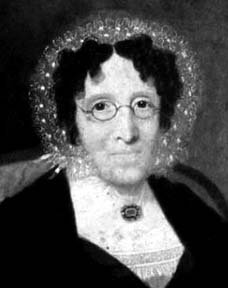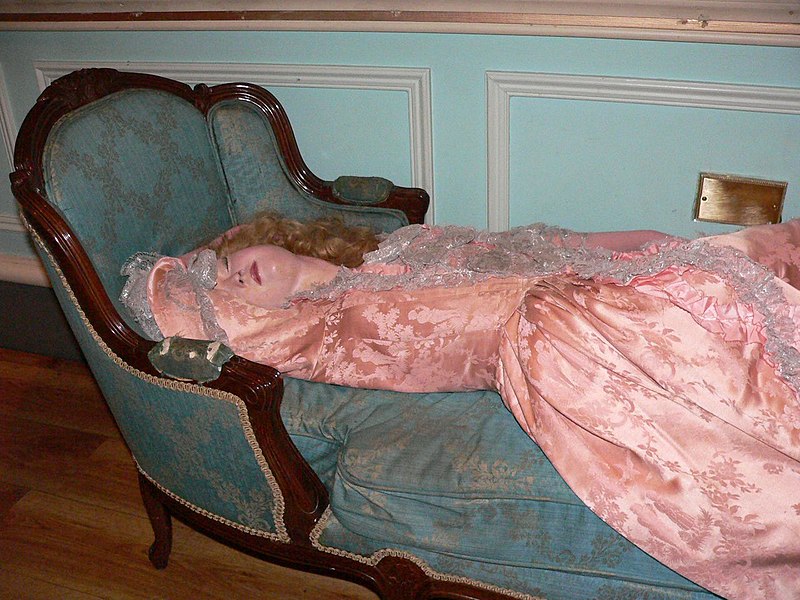 The other day I read an article about a young woman that was very seriously ill, and rightfully depressed about it almost to the point of suicide, but she felt if she got up each day, and wrote to someone, even a stranger, to encourage THEM, she might in turn find some peace and happiness for herself. She used her Facebook to reach out, and told people if they gave her an address, she would write to them, a handwritten, encouraging letter with a stamp, coming to their mail box! The response was overwhelming! She wrote over 3,000 letters. People shared their problems, hurts, sadness with her. She said the letter she would send would be something they could keep, and pull out of their wallet, or purse, or desk, and know that someone cared.
The other day I read an article about a young woman that was very seriously ill, and rightfully depressed about it almost to the point of suicide, but she felt if she got up each day, and wrote to someone, even a stranger, to encourage THEM, she might in turn find some peace and happiness for herself. She used her Facebook to reach out, and told people if they gave her an address, she would write to them, a handwritten, encouraging letter with a stamp, coming to their mail box! The response was overwhelming! She wrote over 3,000 letters. People shared their problems, hurts, sadness with her. She said the letter she would send would be something they could keep, and pull out of their wallet, or purse, or desk, and know that someone cared.
In today's world, many people are isolated, and even though they communicate with strangers over the internet, something is missing. That bit of humanity that real correspondence can bring. The fact that she needed to find a support system of her own is telling.
The written word is a beautiful thing. There is something magical about opening the mail box and finding an actual letter. It may not be immediate news, but it lets someone know that you sat down, and took the time to write you their thoughts.
The art of letter writing is almost lost.
In the 18th Century, the etiquette of a letter was extremely important. Letters were very different then. For one thing, they were formatted as "cross letters", which actually saved the recipient money! A recipient paid a fee based on the letter's size and the distance it travelled, so in order to conserve space, someone wrote down the page, then turned the paper and wrote again, over the original sentences.
Also, there was no standardized spelling, so often, a "Y" was used in place of an "E", as an example.
Every quill was unique, and took some time to prepare in order to write. And, of course, the quill would only last so long.
Formality and protocol was also very important. For non-military letters, you could end with the following type of greetings:
Believe me yours faithfully,
Belive me, dear Sir, Your obliged and faithful humbl. sert.,
Belive me at all times with sincerity and respect, your faithful and obliged servant,
Yours ever,
Affectionately yours,
With best love, &c., I am affectionately yours,
I am yours ever,
But if you were in the military, there were other specific, more formal greetings:
Yours faithfully,
Very respectful,
I have the honour to be, &c.,
Your Obliged, &c.,
I am, &c.,
Your most obedient servant,
Then, one would close with rank, and the name of their ship, as the address. Now picture an officer of the British Royal Navy mailing a letter to a loved one, while he is somewhere at sea, in the Atlantic. He would write his correspondence, sometimes adding to it day after day, until his ship crosses paths with another friendly vessel bound for England. This may involve weeks, or months. Only then will his correspondence have a chance to make it to its destination. Precious, indeed, will this small, folded and waxed-stamped piece of paper be! By the way, envelopes came much later, so letters were folded and sealed, and hopefully no one made attempts to open them.
 Of course, the dream of understanding and exploring the heavens began in ancient times, but by the 18th Century, the telescope was being further and further sophisticated, giving a better and clearer picture of what's "out there". In 1704, Isaac Newton described a telescope in the published "Optick", but in 1720, John Hadley built the first really useful reflecting telescope.
Of course, the dream of understanding and exploring the heavens began in ancient times, but by the 18th Century, the telescope was being further and further sophisticated, giving a better and clearer picture of what's "out there". In 1704, Isaac Newton described a telescope in the published "Optick", but in 1720, John Hadley built the first really useful reflecting telescope.




